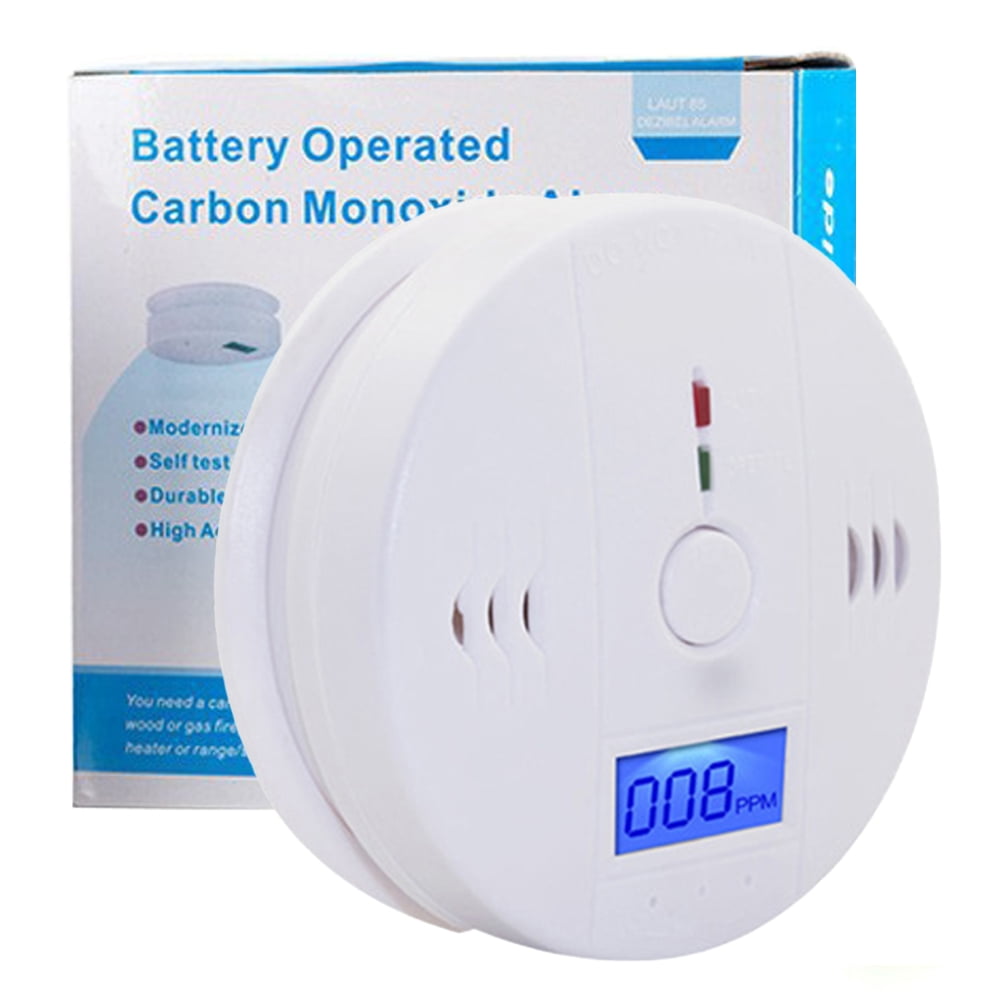

It is the most common type of fatal poisoning in many countries. Ĭarbon monoxide poisoning is relatively common, resulting in more than 20,000 emergency room visits a year in the United States. This should generally be carried out until symptoms are no longer present and the HbCO level is less than 3%/10%. Treatment of poisoning generally consists of giving 100% oxygen along with supportive care. Įfforts to prevent poisoning include carbon monoxide detectors, proper venting of gas appliances, keeping chimneys clean, and keeping exhaust systems of vehicles in good repair. The highest reported non-fatal carboxyhemoglobin level was 73% COHb. In general, 30% COHb is considered severe carbon monoxide poisoning. The FDA has previously set a threshold of 14% COHb in certain clinical trials evaluating the therapeutic potential of carbon monoxide. The biological threshold for carboxyhemoglobin tolerance is typically accepted to be 15% COHb, meaning toxicity is consistently observed at levels in excess of this concentration. ĭiagnosis is typically based on a HbCO level of more than 3% among nonsmokers and more than 10% among smokers. Additionally, many other hemoproteins such as myoglobin, Cytochrome P450, and mitochondrial cytochrome oxidase are affected, along with other metallic and non-metallic cellular targets. Carbon monoxide primarily causes adverse effects by combining with hemoglobin to form carboxyhemoglobin (HbCO) preventing the blood from carrying oxygen and expelling carbon dioxide as carbaminohemoglobin.

This can occur from motor vehicles, heaters, or cooking equipment that run on carbon-based fuels. It is produced during incomplete burning of organic matter.

ĬO is a colorless and odorless gas which is initially non-irritating. Long-term complications may include chronic fatigue, trouble with memory, and movement problems. The classically described "cherry red skin" rarely occurs. Large exposures can result in loss of consciousness, arrhythmias, seizures, or death. Symptoms are often described as " flu-like" and commonly include headache, dizziness, weakness, vomiting, chest pain, and confusion. >20,000 emergency visits for non-fire related cases per year (US) Ĭarbon monoxide poisoning typically occurs from breathing in carbon monoxide (CO) at excessive levels. Supportive care, 100% oxygen, hyperbaric oxygen therapy Loss of consciousness, arrhythmias, seizures Ĭyanide toxicity, alcoholic ketoacidosis, aspirin poisoning, upper respiratory tract infection Ĭarbon monoxide detectors, venting of gas appliances, maintenance of exhaust systems Headache, dizziness, weakness, vomiting, chest pain, confusion Medical condition Carbon monoxide poisoningĬarbon monoxide intoxication, carbon monoxide toxicity, carbon monoxide overdose


 0 kommentar(er)
0 kommentar(er)
